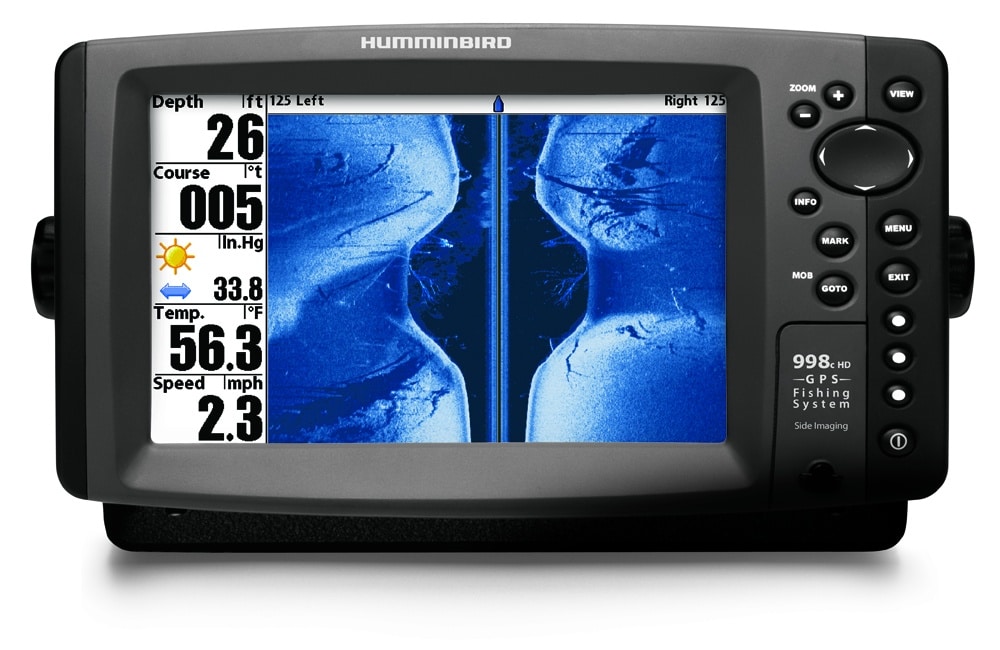
fishing floaters
How many times have you seen something floating offshore and throttled on past with little or no regard? I would venture plenty of us have done it. For many, aquatic trash is just that. But the cagey angler knows anything floating can lead to buffet of opportunity.
To demonstrate how attractive floating debris can be, renowned marine biologist Dr. Kim Holland of the Hawaii Institute of Marine Biology installed radio transmitters on juvenile tuna. Kim tracked these fish who were resident on a piece of floating debris.
What he found was eerie. The school would forage during the day (sometimes venturing as far as 14 miles away), and then return to their floating solace at dark. There is little doubt that floating debris is a powerful fish attractant, but how do you fish these magnets?
In most cases, fish relate to these structures, early and late. Hitting floating debris in the wee hours of morning or during the waning hours of light are the best times to find fish home. However, if you find something floating at noon—don’t ignore it. And should you be so lucky as to stumble upon diving birds and debris, you’ve discovered golden garbage. Here’s a few more trash tips.
- Drift. Depending on the current, set up in a position which allows you to drift baits (free spooling) under (if opting for live baits) the structure or make casts directly adjacent to the debris.
- Troll. When you suspect trollable fish (i.e., dolphin, kings, wahoo) are present, set your troll speed a bit faster than usual. Motoring by at a quicker than normal clip pulls aggressive fish out and off the debris first. Slower subsequent passes will entice less aggressive fish.
- Pop ‘em. Fish will often suspend in deeper water under debris, going deeper as the sun rises in the sky. Just because you don’t get a bite right off the bat doesn’t mean nobody’s home. On occasion, throwing a large chugging plug on heavy spinning gear is just the ticket to pull aggressive fish up from the depths.
Advantage: Fishermen. Modern electronics can tip the scale in your favor when fishing debris. Side imaging units like Humminbird’s 998c SI HD can be indispensable for determining if fish are on a piece of debris and where they are relative to the water column below. These modern marvels eliminate any guesswork.
Side imagers project their sonar beam out and under the structure (at distances up to 300 feet), returning amazing details of what lurks below whereas traditional down imaging electronics require you to intrusively pass over the structure to view what’s below.









